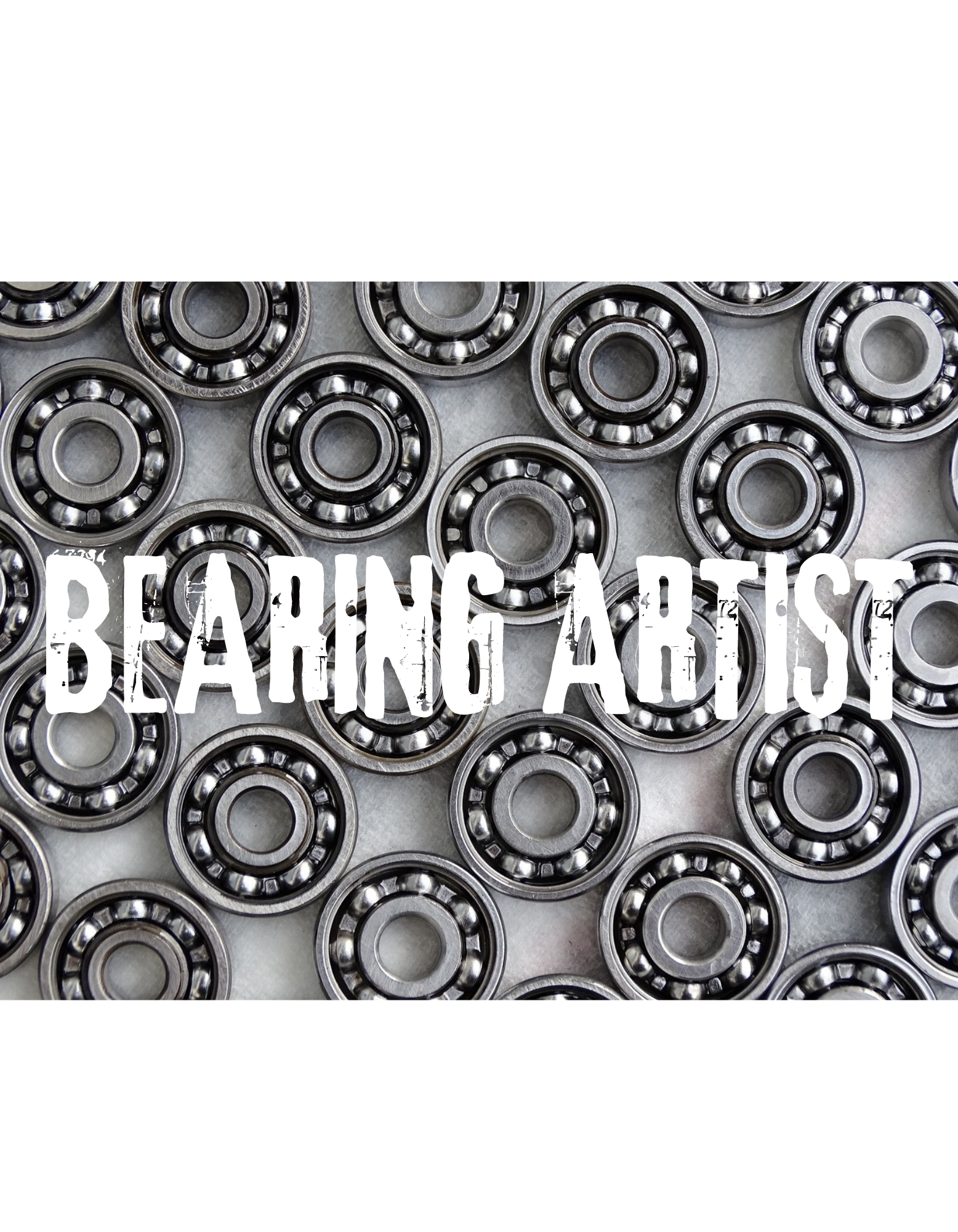상세 컨텐츠
본문
728x90
반응형
A high-speed ball bearing is a type of ball bearing that is specifically designed to handle high rotational speeds. High-speed ball bearings are commonly used in micro gas turbine engines and other high-speed machinery.
Here is an outline of the main components of a high-speed ball bearing:
- Inner ring: The inner ring is typically attached to the shaft of the turbine and is responsible for supporting the load and allowing the shaft to rotate smoothly at high speeds.
- Outer ring: The outer ring is typically attached to the turbine housing and provides a surface for the steel balls to rotate against.
- Steel balls: The steel balls are responsible for reducing friction between the inner and outer rings, and are typically made of high-quality steel to handle the high speeds and loads.
- Cage: A cage, also called a retainer, is used to keep the steel balls separated and in place.
- Seals: High-speed ball bearings typically have seals to prevent the entry of dirt, dust and other contaminants, which can cause damage and increase friction.
- Lubrication: High-speed ball bearings typically require specialized lubricants to handle the high speeds and loads, and to prevent overheating.
- Precision manufacturing: High-speed ball bearings are typically precision-manufactured to tight tolerances to ensure smooth and efficient operation at high speeds.
It is important to note that high-speed ball bearings can come in different types and design, such as angular contact and thrust, and the specific design and material will depend on the application, the expected loads and speeds, and the manufacturer's design.

728x90
반응형
'베어링 기초 지식' 카테고리의 다른 글
| [최신 기술 정보] 산업용 구름 베어링의 진화(161, 1편) (0) | 2023.02.01 |
|---|---|
| M50 Bearings(155) (0) | 2023.01.29 |
| 고속 에어 스핀들 볼 베어링(145, NSK) (0) | 2023.01.20 |
| 베어링 전식(144, SKF) (15) | 2023.01.19 |
| 베어링 불량 유형(143, KOYO) (0) | 2023.01.19 |





